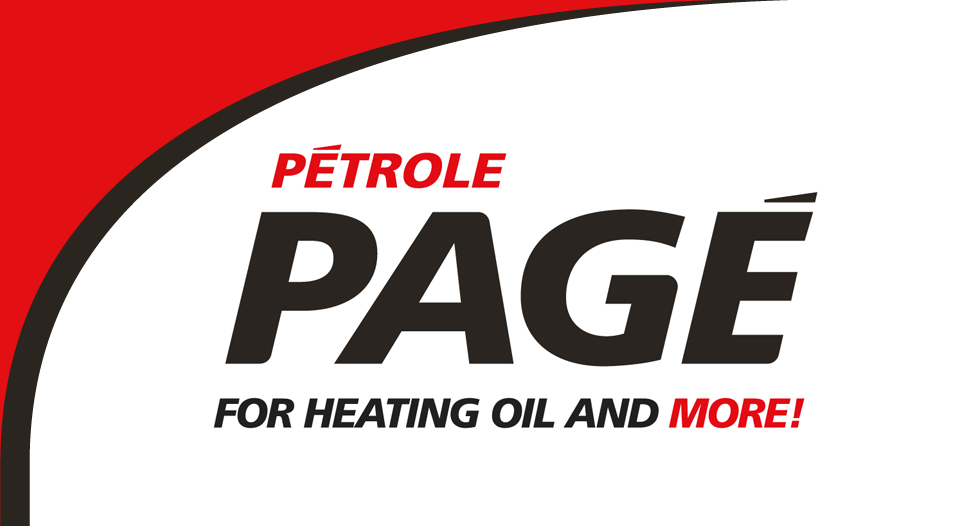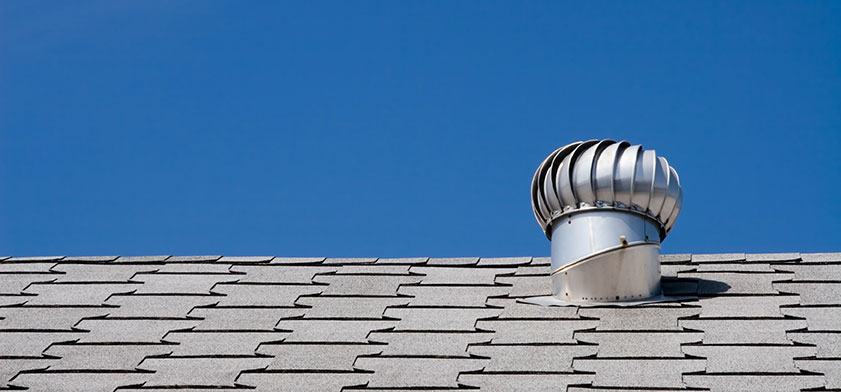Ventilation allows you to keep the interior of your home comfortable and maintain good indoor air quality. It also contributes to the health of the home’s occupants.
What is the purpose of a mechanical ventilation system?
A mechanical ventilation system is made of two distinct parts: it expels the air of a home outdoors or draws fresh air into the home.
Expelling air serves to evacuate odours, excess humidity and pollutants contained in the home’s ambient air. Drawing in fresh air from outside serves to replace stale air with clean air. These two simultaneous actions play an important part in regularly renewing the indoor air that you breathe.
What are the possible problems of inadequate ventilation?
Inadequate ventilation inevitably generates excess humidity caused by showers, baths and cooking. Excess humidity inside the home can cause many problems such as condensation on the windows, the premature deterioration of the home and the proliferation of mold which is harmful to your health.
Another aspect of inadequate or insufficient ventilation is the increased concentration of (chemical and biological) contaminants contained in the air. For example, carrying out extensive home projects, stripping furniture, using gas-fired equipment or engaging in any other similar activity quickly degrades indoor air quality when there is a lack of ventilation.
Note that you can confront the problem of contaminated indoor air by limiting the source of indoor pollutants, such as refraining from storing large quantities of paints or cleaning products, which are easily avoidable sources of contamination.
What are the possible problems of excessive ventilation?
Excesses should be avoided. As a result, excessive ventilation brings its share of problems. An oversized system will confront all contamination problems but you must be aware that excessive ventilation in the winter will bring in large quantities of cold and very dry air into the home. This will result in discomfort caused by cold air drafts and a higher heating bill. In addition, very dry air can also lead to health problems such as dry eyes and nose bleeds.
To conclude, the selected ventilation system must reach a balance between expelling sources of pollutants adequately and drawing in enough outdoor air.
What does the installation of a ventilation system entail?
The installation of a ventilation system is a necessity for almost all homes. In order for the system to be adapted to the particular conditions and needs of each home, it must be installed by a competent ventilation professional under the requirements of the Québec Construction Code.
The ventilation system of a standard new home is composed of:
- A heat recovery ventilator (HRV). It is used to extract air from the house as it simultaneously draws in fresh air. In winter, it recovers the heat from the air extracted from the house projected outdoors in order to transfer it to the air drawn into the house. Air is usually extracted from bathroom(s) and fresh air is brought into the living room, bedrooms and rooms that are closed on a regular basis.
- A range hood to expel cooking fumes directly outdoors.
- A stand-alone bathroom extractor that is used to extract humid air from showers and odours from the toilet. A stand-alone extractor is used when bathroom air is not extracted by an HRV.
- A network of ducts that makes the air flow between the ventilation equipment, the rooms of the house and the outside. Rigid and airtight ducts are advisable because air flows more easily through them than the flexible ones.
What are the points to consider when choosing ventilation equipment?
- Determine the necessary exhaust air flow rates and select equipment capable of extracting and drawing in air at this rate.
- Measure the air flow rates and have them balanced during the installation.
- If possible, opt for a heat recovery ventilator (HRV), as it will help keep your home’s heating bill at an acceptable level. Please note that the installation of an HRV is now mandatory for all new constructions in Quebec.
- Make sure that the unit and the ducts are accessible at all times to facilitate maintenance and regular cleaning.
- Use rigid and airtight ducts and maintain all components in good condition.
- Always have the air tightness of your home evaluated by an expert before buying or installing a ventilation unit.
Presence of radon
You must pay particular attention to the presence of radon in the ground. Radon is a gas naturally present in the ground that can significantly increase the risk of developing lung cancer when it is found in large concentrations. When high levels of radon are detected, a stand-alone ventilator coupled with a duct system that leads outdoors is an effective solution to reducing the concentrations of radon in the basement of a home.
Source : Transition énergétique Québec

